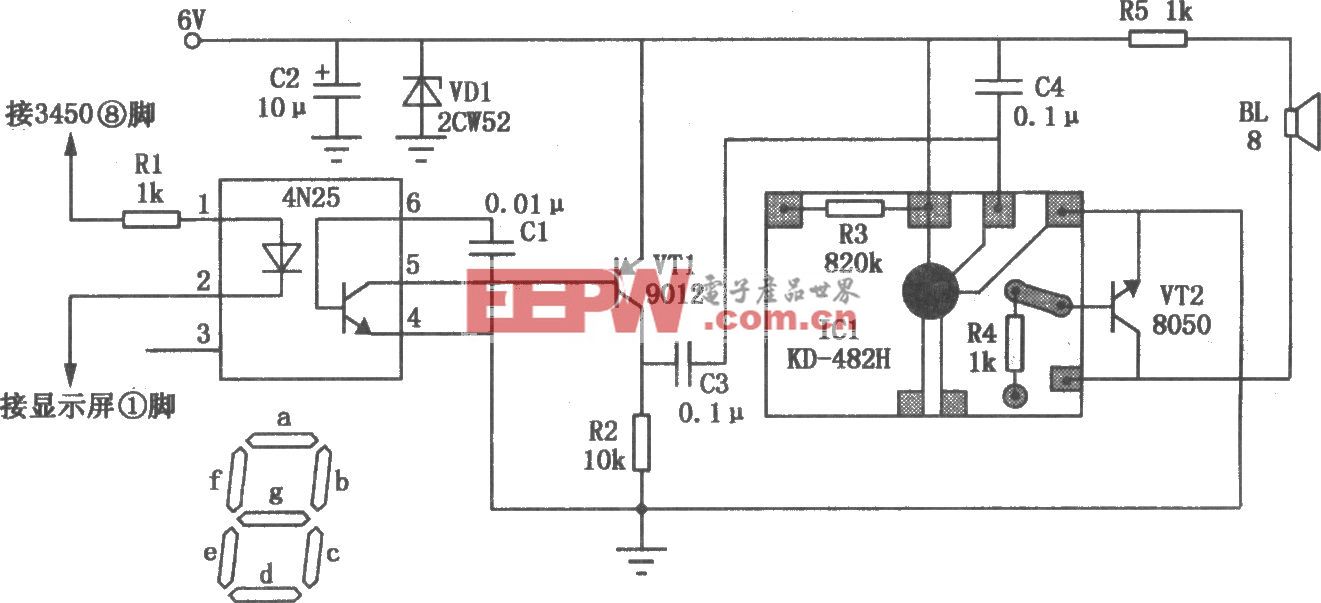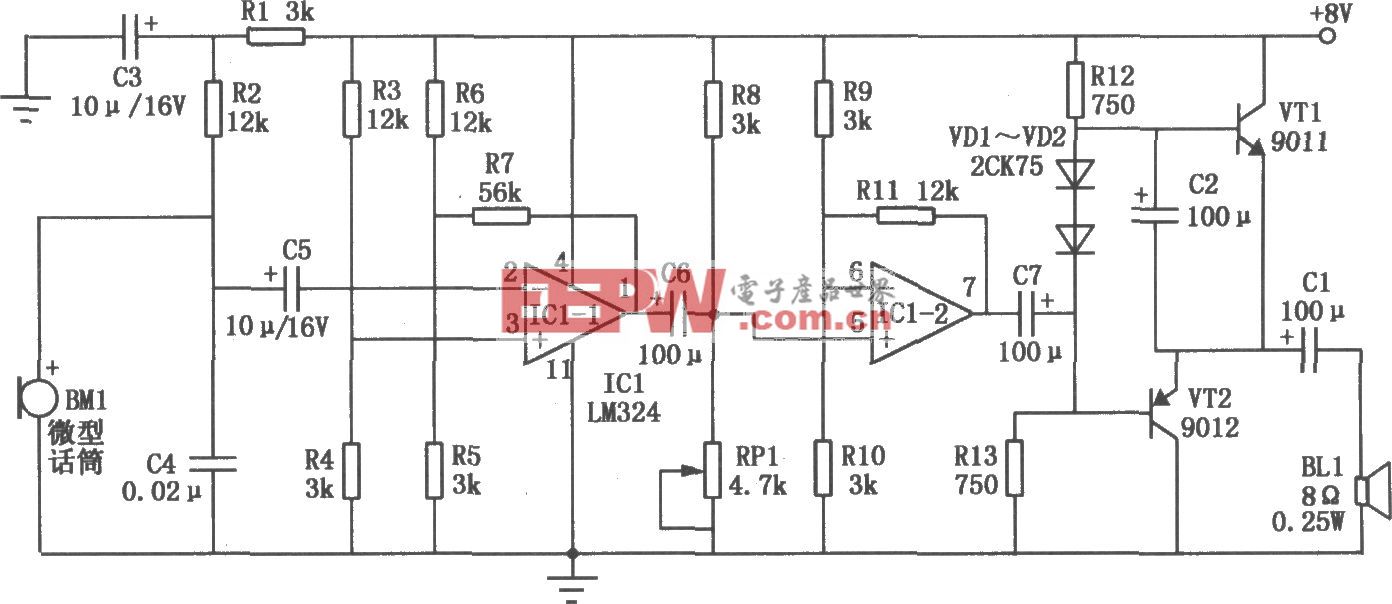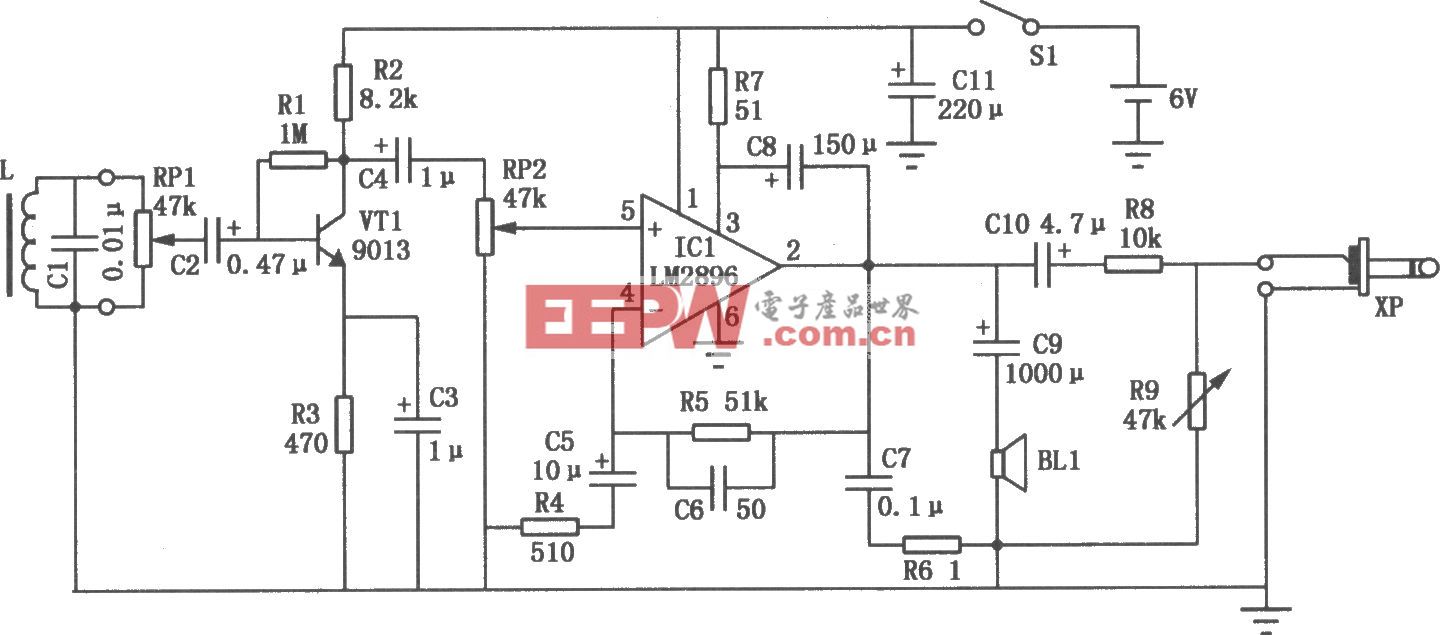Linux下查看二进制文件命令-hexdump
一、在Linux下查看二进制文件的软件:
xxd
hexdump
root@imx6qsabresd:/home/v2x# hexdump -C EA_PublicKey.key |less -S 00000000 04 b0 cd 7f 67 e5 59 38 41 b9 d7 ca 25 4c 27 ca |....g.Y8A...%L'.| 00000010 bd 46 9e 36 69 66 16 70 84 b7 fa d1 bf 35 64 d2 |.F.6if.p.....5d.| 00000020 aa 4a d4 f7 d5 a9 5d 49 8f 63 b7 3a f8 a4 18 b1 |.J....]I.c.:....| 00000030 63 20 0a e7 e1 17 87 00 93 0d cf 28 bb 69 aa 17 |c .........(.i..| 00000040 c1
Usage: hexdump [options] <file>... Display file contents in hexadecimal, decimal, octal, or ascii. Options: -b, --one-byte-octal one-byte octal display -c, --one-byte-char one-byte character display -C, --canonical canonical hex+ASCII display -d, --two-bytes-decimal two-byte decimal display -o, --two-bytes-octal two-byte octal display -x, --two-bytes-hex two-byte hexadecimal display -L, --color[=<mode>] interpret color formatting specifiers colors are enabled by default -e, --format <format> format string to be used for displaying data -f, --format-file <file> file that contains format strings -n, --length <length> interpret only length bytes of input -s, --skip <offset> skip offset bytes from the beginning -v, --no-squeezing output identical lines -h, --help display this help and exit -V, --version output version information and exit
二、编辑:
1、biew
2、hexedit
3、vim
Vim 来编辑二进制文件。Vim 本非为此而设计的,因而有若干局限。但你能读
取一个文件,改动一个字符,然后把它存盘。结果是你的文件就只有那一个字符给改了,
其它的就跟原来那个一模一样。
要保证 Vim 别把它那些聪明的窍门用错地方,启动 Vim 时加上 "-b" 参数:
vim -b datafile
这个参数设定了 'binary' 选项。其作用是排除所有的意外副作用。例如,'textwidth'
设为零,免得文本行给擅自排版了。并且,文件一律以 Unix 文件格式读取。
二进制模式可以用来修改某程序的消息报文。小心别插入或删除任何字符,那会让程序运
行出问题。用 "R" 命令进入替换模式。
文件里的很多字符都是不可显示的。用 Hex 格式来显示它们的值:
:set display=uhex
另外,也可以用命令 "ga" 来显示光标下的字符值。当光标位于一个 字符上时,
该命令的输出看起来就像这样:
27, Hex 1b, Octal 033
文件中也许没那么多换行符。你可以关闭 'wrap' 选项来获得总览的效果:
:set nowrap
字 节 位 置
要发现你在文件中的当前字节位置,请用这个命令:
g CTRL-G
其输出十分冗长:
Col 9-16 of 9-16; Line 277 of 330; Word 1806 of 2058; Byte 10580 of 12206
最后两个数字就是文件中的当前字节位置和文件字节总数。这已经考虑了 'fileformat'
选项导致换行符字节不同的影响。
要移到文件中某个指定的字节,请用 "go" 命令。例如,要移到字节 2345:
2345go
使 用 XXD
一个真正的二进制编辑器用两种方式来显示文本: 二进制和十六进制格式。你可以在 Vim
里通过转换程序 "xxd" 来达到这效果。该程序是随 Vim 一起发布的。
首先以二进制方式编辑这个文件:
vim -b datafile
现在用 xxd 把这个文件转换成十六进制:
:%!xxd
文本看起来像这样:
0000000: 1f8b 0808 39d7 173b 0203 7474 002b 4e49 ....9..;..tt.+NI
0000010: 4b2c 8660 eb9c ecac c462 eb94 345e 2e30 K,.`.....b..4^.0
0000020: 373b 2731 0b22 0ca6 c1a2 d669 1035 39d9 7;'1.".....i.59.
现在你可以随心所欲地阅读和编辑这些文本了。 Vim 把这些信息当作普通文本来对待。
修改了十六进制部分并不导致可显示字符部分的改变,反之亦然。
最后,用下面的命令把它转换回来:
:%!xxd -r
只有十六进制部分的修改才会被采用。右边可显示文本部分的修改忽略不计。
*博客内容为网友个人发布,仅代表博主个人观点,如有侵权请联系工作人员删除。












